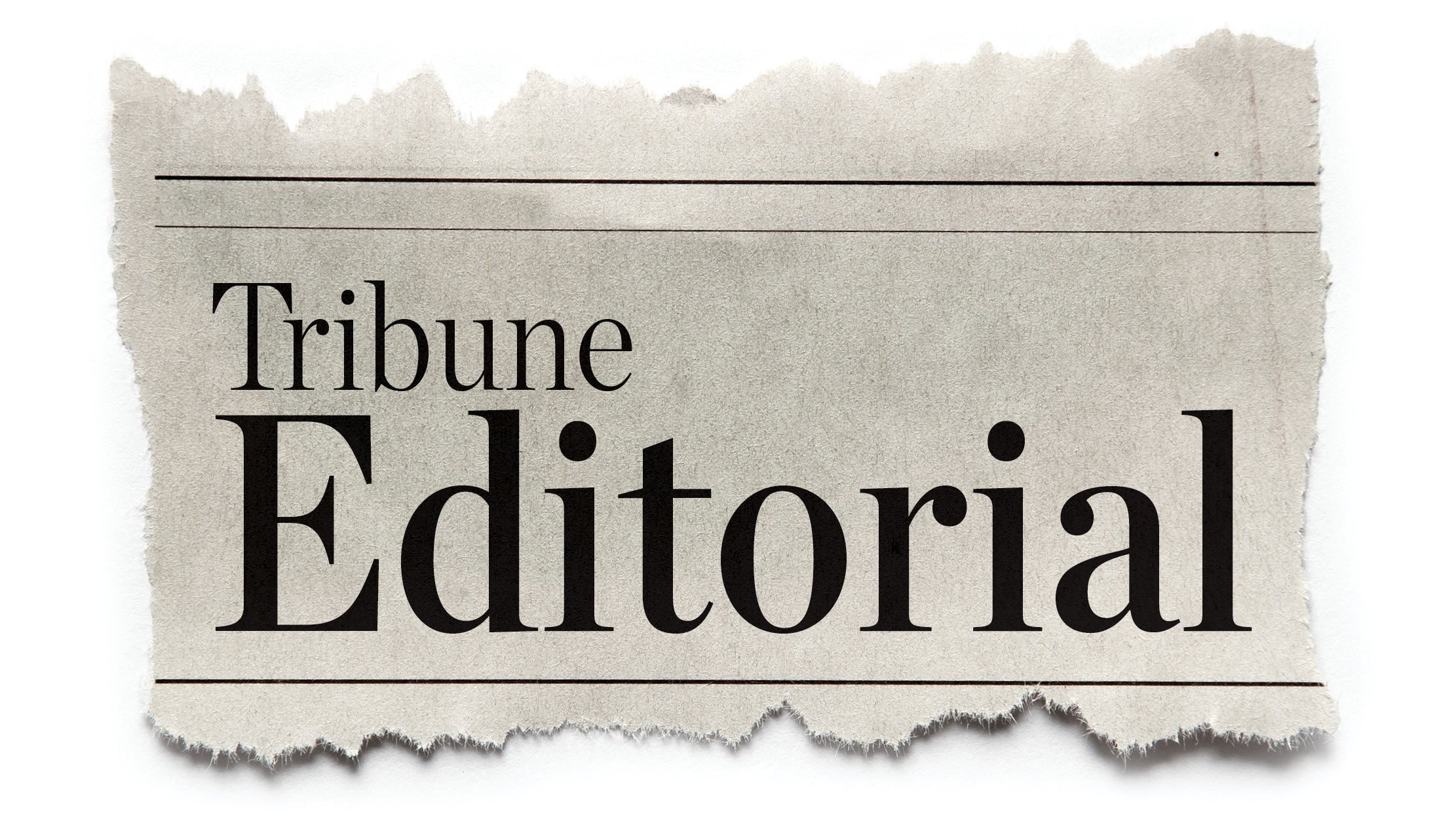Ads don’t show real picture
Published 12:25 am Sunday, April 6, 2014
Every now and again when I’m scrolling through my Facebook feed, a headline from The Onion will catch my eye.
Most recently I found myself reading an article called, “Increasing number of men pressured to accept realistic standards of female beauty.”
Before you gasp in disgust at that headline, The Onion, for those not familiar with the publication, is a purely satirical source for news. Basically, the stories are fake and the sources quoted are made up.
The fake article centered on the idea that men are speaking out against the use of depictions of “average women” in media and advertising, rather than the traditional skinny runway model.
“Think about the average man flipping through a magazine that features pictures of women who haven’t had their cheekbones raised or their noses reshaped with Photoshop. How is he supposed to feel when he sees something like that?” a source was quoted in the article.
Another source said, “Sometimes I don’t even want to go online or turn on the television because I know I’ll see a regular, healthy-looking woman. Don’t these advertisers understand how deeply depressing that is for me?”
I know full well that this tongue-in-cheek article is just for laughs. And it did make me laugh, a lot.
But it also made me think.
Beauty may in fact be in the eye of the beholder, but if you take a look at most advertising, there is little variation from the waiflike model that has become commonplace in a variety of media.
From fashion and fragrance to makeup and even food and drink, the image of “what a woman should look like” is everywhere we look. Billboards, magazines, TV, film, Internet — all saturated with the same idea of what kind of beauty you the consumer should behold.
Somewhere along the line, size zero women became the benchmark of beauty. The same is true of ads featuring men. Rock-hard abs and chiseled features are the norm.
It’s no wonder why many people — the majority of them probably women — suffer from a lack of self-esteem and a poor body image.
I’m guilty of being self-conscious from time to time. But what’s even more ridiculous — speaking only for myself — is that no one has ever made me feel like I am justified in my insecurities.
No one has ever told me that I wasn’t skinny enough or pretty enough or tall enough. I was never bullied in that way as a child or teenager and certainly no boyfriend I have ever had made those claims.
I understand this may not be the case for many women who find themselves in the company of insensitive jerks who have bought into the unrealistic standards of the female body.
Everyone has his or her own reasons for feeling self-conscious, but they shouldn’t use advertising a barometer of beauty for which to be beholden. Easier said than done.
Thankfully, some companies have gotten on board with featuring “real” women in their campaigns.
Dove launched its Campaign for Real Beauty 10 years ago and featured ads with woman whose appearances were outside the stereotypical norms of beauty.
Last year, H&M featured a size 12 model in some of its swimwear ads.
More recently, a crowd-funded campaign was started to create a fashion doll using standard body proportions. The campaign was successful and the “Lammily” doll is being produced using the dimensions of the average 19-year-old, given by the Centers for Disease Control and Prevention.
Little by little, advertisers are getting on board with the fact that being “average-looking” does not signify mediocrity.
For a woman or man to be average does not infer she or he should strive for some other idea what beauty is, that average is not good enough.
Average is beautiful. It’s high time we all started acting like it.
Michelle Goodman is the news editor at The Tribune. To reach her, call 740-532-1441 ext. 12 or by email at michelle.goodman@irontontribune.com.





